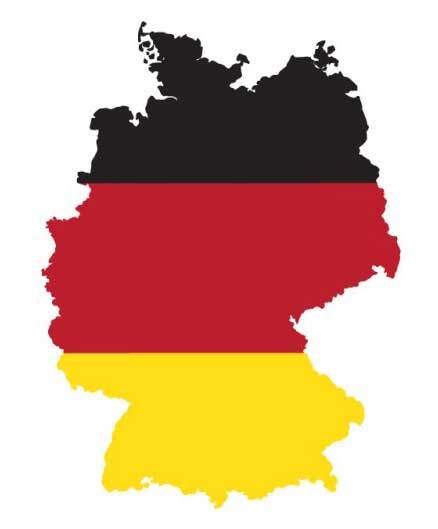Analysis of Electrostatic Interactions of Amino Acid Residues by the Example of Formation of a Nap1–Nap1 Dimer
A new method, which analyzes the potential energy of electrostatic interaction of protein complexes at point replacements of amino acid residues assuming a three-dimensional structure of the complex on the example of formation of a Nap1–Nap1 dimer, has been presented. Maps of potential energy of electrostatic interaction of paired amino acid residues of participating proteins have been developed.
- Fig. 1. Diagram of formation of a Nap1–Nap1 homodimerThis study consists of several parts. In the first part,
the structure and functions of Nap1 protein is
described. The second part is devoted to the behavior
of hydrophobic molecules in aqueous environment.
The third part includes analysis of interaction of two
proteins using the example of Nap1–Nap1 homodimer formation. In the fourth part, the formation of a hydrophobic cluster is given due to several replacements of amino acids in proteins.
- Fig. 4. 3D graph of the energy of paired electrostatic interaction
Fig. 4 shows the map of potential
energy of electrostatic interaction, where various color
bars can be observed, the height of which corresponds to a specific energy value, which was calculated between each pair of amino acid residues of two polypeptide chains. The plot shows diagonal peaks (disturbances). The graphical representation allowed us to analyze the effect of point replacements of amino acid residues in polypeptide chains of proteins (Subection 4.1).
- Fig. 6. Section of polypeptide chains of Nap1 and Nap1 proteins with indication of key amino acids during replacement
of T101AFigure 6 shows the region of two polypeptide
chains of Nap1 and Nap1 proteins with indication of
key amino acids, as well as indication of the change of
potential energy of electrostatic interaction before and
after replacement of T101A.
Replacement of Hydrophilic T101A Amino Acid by Hydrophobic Amino Acid Residue
During the interaction of wild-type Nap1–Nap1
proteins, T101 (threonine 101) is characterized by a
sufficiently high negative value of potential energy
with K152 as compared to interactions of other amino
acids; thus, hydrophilic threonine was replaced by
hydrophobic alanine (A) and the potential energy of
electrostatic interaction for such a replacement was
recalculated.
As follows from Table 2, with the replacement of
T101A, there was an increase in the magnitude of
potential energy of interaction. The values of potential
energy in the positive range of values corresponding to
the interaction of hydrophobic amino acids also
appeared, which is considered as "attraction" in aqueous
medium.
During the interaction of wild-type Nap1–Nap1
proteins, T101 (threonine 101) is characterized by a
sufficiently high negative value of potential energy
with K152 as compared to interactions of other amino
acids; thus, hydrophilic threonine was replaced by
hydrophobic alanine (A) and the potential energy of
electrostatic interaction for such a replacement was
recalculated.
As follows from Table 2, with the replacement of
T101A, there was an increase in the magnitude of
potential energy of interaction. The values of potential
energy in the positive range of values corresponding to
the interaction of hydrophobic amino acids also
appeared, which is considered as "attraction" in aqueous
medium.

Replacement of Hydrophilic T101A Amino Acid by Hydrophobic Amino Acid Residue

